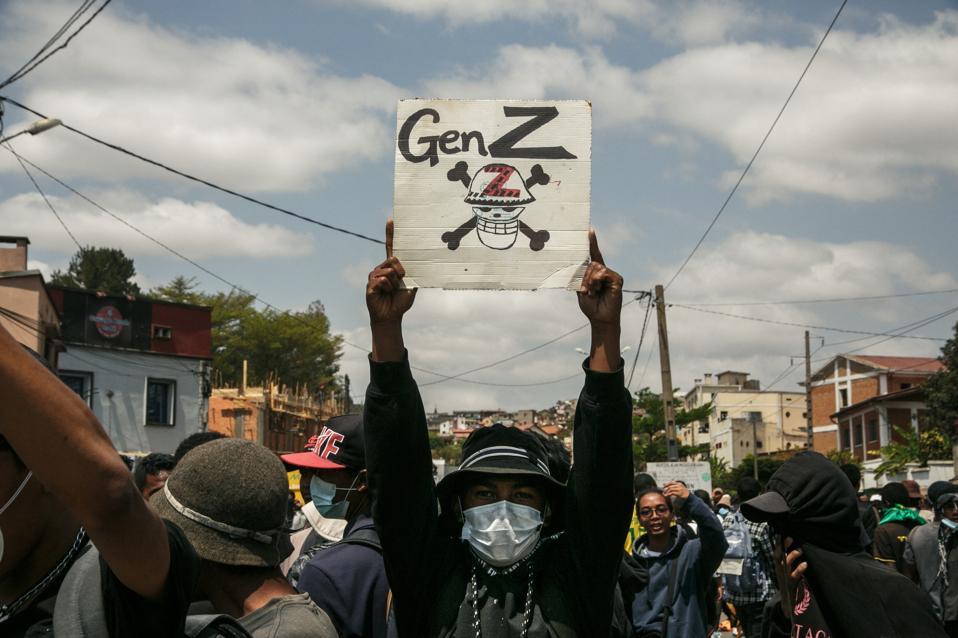On Saturday, October 18th, 2025, more than 7 million people around various cities across the U.S. took part in No Kings Day events, aimed at protesting the Trump administration. Many participants held up signs opposing different actions taken by the administration, with many participants donning costumes that called out the ICE raids, the deployment of the national guard in various cities, voter rights suppression and cuts to many social programs. The organizers of the No Kings Day events discourage weapons of any kind being brought to their events and according to the website, the core objective behind the No Kings events is “a commitment to nonviolent action.”
The first No Kings events took place in June of 2025. Despite a large amount of support for the events, there have also been valid critiques. Those who planned to attend the No Kings events were invited to register online, which isn’t a wise idea during the age of mass surveillance and targeting of those who voice dissent. The No Kings events appeared to lack clarity, specificity and did not have a well-defined objective for participants to mobilize around. The overarching theme was opposition to Trump and the current administration but what was being asked of supporters was unclear. In the U.S., every person is supposed to be guaranteed the right to protest and anyone using their voice to try to create change is admirable but if the goal with the No Kings events is to challenge an oppressive status quo, it’s imperative to study history and understand what those who came before us have done to drive change.
Students have often been at the forefront, leading activism efforts and resistance movements. Recently, youth in countries like Madagascar and Nepal led massive protests that resulted in the ousting of country leaders. In the past, protests against the Vietnam War were instrumental in leading to the war’s end and the Indian farmer’s protests of 2020 and 2021 resulted in the Indian government repealing three controversial laws that were opposed by Indian farmers. There is also a long history of boycotts being used as a tool to drive social change. This was seen during the Montgomery Bus Boycott, the boycotting of apartheid goods during the Anti-Apartheid Movement, and the Delano Grape Strike.
There is a lot that can be learned from the No Kings events regarding what actions can stall change, whether in your workplace or within your community. For movements to be successful, there must be clarity, specificity and understood objectives. Effective movements require a clear goal or objective so that progress can be assessed and measured. When you are working towards a specific goal in your workplace or community, your demands will be clearer.
Within a workplace, for example, if there is a general sentiment that employees are unhappy and that there is a lack of equity, one specific goal that employees can mobilize around is ensuring fairness through pay. Employees can rally around this cause and engage in actions to get equitable pay. Another example: A workplace may not have a labor union; unions can be an effective tool to help employees get more workplace protections and advocate for fairer conditions. Employees can push for the formation of a labor union and can engage in actions like protesting, if employers engage in union-busting efforts.
It’s great for people to be activated and galvanized around a particular issue or cause. But for efforts to be effective, studying what has worked throughout history is imperative. It’s important to mention that an entire population is not needed to drive change. Harvard Kennedy School researcher Erica Chenoweth demonstrated that only 3.5% of a population is needed for societal shifts to take place. For political change in the U.S., this means 3.5% of 342 million, or about 12 million people would need to be mobilized. It’s not outside the realm of possibilities that future No Kings events will achieve higher attendance but it’s critical to understand that systemic change requires us to be intentional about our goals, have specific and clear asks and help others understand why these objectives are important.

